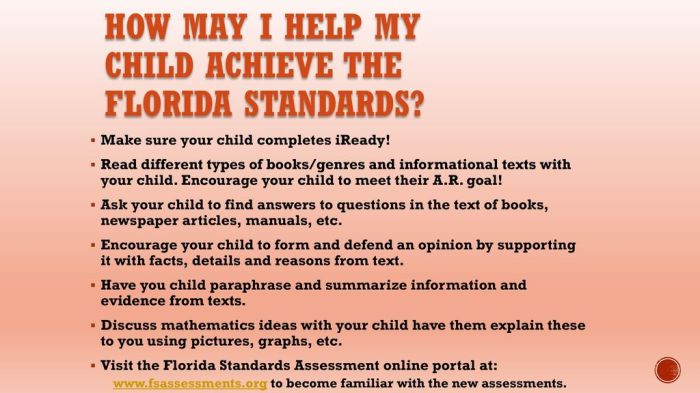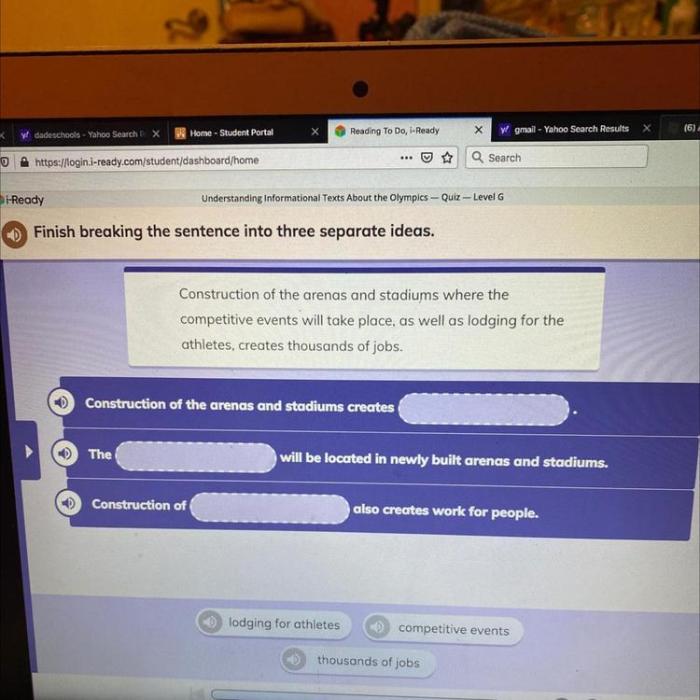Analyzing individuals ideas or events in informational texts iready answers – Analyzing individuals’ ideas or events in informational texts iready answers is a fundamental skill that empowers individuals to navigate the vast ocean of information available today. This skill enables readers to critically examine perspectives, evaluate the significance of events, and synthesize information to form informed opinions and make sound decisions.
This comprehensive guide delves into the intricacies of analyzing individuals’ ideas and events in informational texts, providing a structured approach to identifying key concepts, evaluating validity, understanding context, and synthesizing information. By mastering these techniques, readers can unlock the true potential of informational texts, becoming discerning consumers of information and active participants in the exchange of ideas.
Identifying Key Ideas in Informational Texts

Understanding the essential concepts within informational texts is crucial for effective comprehension. Key ideas form the foundation of the text, providing a framework for organizing and interpreting the information. By identifying and extracting these main ideas, readers can develop a deeper understanding of the text’s content and purpose.
Locating key ideas requires an active approach. Readers should pay attention to headings, subheadings, topic sentences, and signal words that indicate a shift in topic or the introduction of a new idea. Additionally, highlighting, note-taking, and summarizing techniques can aid in identifying and retaining important information.
Examples of Key Ideas
- In a scientific article, the key idea might be the main hypothesis or theory being presented.
- In a historical account, the key idea could be the significance of a particular event or period.
- In a literary analysis, the key idea may be the central theme or message conveyed by the author.
Analyzing Individuals’ Ideas: Analyzing Individuals Ideas Or Events In Informational Texts Iready Answers

Analyzing individuals’ perspectives in informational texts involves examining the ideas, opinions, and arguments presented by specific people. To do this effectively, readers must first identify the individuals’ viewpoints and then evaluate the validity and reliability of their ideas.
Assessing the validity of an idea involves examining its logical consistency, coherence, and support with evidence. Evaluating reliability considers the credibility and expertise of the individual presenting the idea, as well as the potential biases or limitations that may influence their perspective.
Table Comparing Approaches to Analyzing Individuals’ Ideas, Analyzing individuals ideas or events in informational texts iready answers
| Approach | Description | Advantages | Disadvantages |
|---|---|---|---|
| Content Analysis | Examining the explicit and implicit ideas expressed in an individual’s text or speech | Provides a detailed and objective analysis | May overlook the context or intent behind the ideas |
| Discourse Analysis | Analyzing the language and structure used by an individual to convey their ideas | Reveals the underlying assumptions and biases | Can be time-consuming and complex |
| Critical Theory | Examining the social and political factors that influence an individual’s ideas | Provides a deeper understanding of the context | Can be subjective and open to interpretation |
Analyzing Events in Informational Texts

Understanding the context and significance of events in informational texts is essential for developing a comprehensive understanding of the topic. To effectively analyze events, readers should consider the following steps:
- Identify the key events described in the text.
- Establish the sequence and timeline of the events.
- Examine the causes and consequences of each event.
- Analyze the perspectives and interpretations of different individuals or groups involved in the events.
Flowchart Illustrating Event Analysis Procedures
Start
Identify key events -> Establish sequence and timeline -> Examine causes and consequences -> Analyze perspectives -> Synthesize findings -> Draw conclusions -> End
Synthesizing Ideas and Events

Synthesizing ideas and events from multiple sources involves connecting and integrating information to create a comprehensive understanding. Critical thinking is essential in this process, as readers must evaluate the credibility of sources, identify commonalities and differences, and draw inferences to form a cohesive perspective.
Creating a mind map can help visualize the relationships between ideas and events. By connecting nodes and branches, readers can see how different elements contribute to the overall understanding of the topic.
FAQ Resource
What is the significance of analyzing individuals’ ideas in informational texts?
Analyzing individuals’ ideas allows readers to understand different perspectives, evaluate the validity of arguments, and form their own informed opinions.
How can I effectively analyze events in informational texts?
To effectively analyze events, identify the context, sequence of events, cause-and-effect relationships, and significance of the event.
What is the role of critical thinking in synthesizing information?
Critical thinking allows readers to evaluate the credibility of sources, identify biases, and make logical connections between ideas and events.